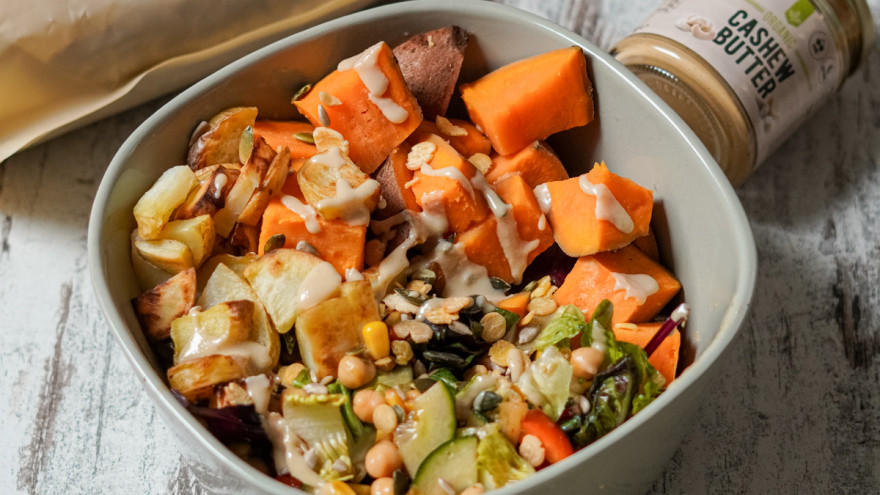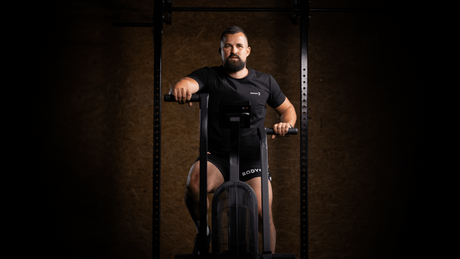For many of us it is time to bulk again. Our sixpacks will be exchanged for the winter coat, the mass that is now being packed can be shown next summer. However, how do you keep the bulk under control and make sure it doesn't become a disguised eating frenzy? In this blog, we will discuss some tips that will ensure that you do not have to expect an extra long cut in the future.
1. Set goals before you start
Know where you stand before you start bulking and know where you want to go. When you work towards a goal you will usually achieve results faster. In addition, determine in which time frame you want to achieve this goal.
2. Determine your maintenance
To start bulking, you need to know what your maintenance is. Your maintenance is your daily calorie requirement. There are a number of variables involved, such as your metabolism, activity level, body weight, lean body mass, age and gender. Your maintenance cannot be calculated exactly, you can make an estimate using the internet, but the given number is a guideline. When you eat maintenance, you will not gain weight, but you will not lose weight either. A healthy guideline for bulking is a calorie surplus of about 500 kcal. A calorie surplus is necessary to put on mass. Remember that bulking is associated with an increased body fat percentage. Gaining dry muscle mass is usually impossible.
3. Know what you are eating
It is wise to keep track of your total kcal intake per day during your bulk. If you have had an outlier in the amount of calories, you can possibly compensate for this (a day) later. If desired, you can keep track of the macronutrients, but in our opinion this is not a must, since you always eat above maintenance during a bulk and you are therefore already relatively high in the macros. As long as you keep about two grams of protein per kilogram of body weight in mind, you're always fine.
4. To measure is to know
Track the progression in terms of body fat percentage and weight, as well as the circumference of certain body parts, such as your waist and biceps. With measurements regarding the fat percentage, weight and circumference of your waist you can determine if necessary whether the intake should be increased or decreased. This is easy to adjust, given that you have tracked your exact intake. For example, tracking progress with regard to the circumference of your biceps can be motivating. Keeping track of your stats on the compound exercises can also be motivating. After all, when you get stronger, you get bigger.
5. Eat a varied diet and drink enough
Varied food is important at all times, whether you are bulking or cutting. However, it is often forgotten to keep eating varied during bulk, because the emphasis is mainly on quantities. The Tupperware trays appear and in many cases cooking is done in one go for the entire week. Very easy of course, but this way you do not get all the necessary nutrients, vitamins and minerals. Eat different fruits and vegetables in as many different colors as possible and vary with meat and other (evening) food. Obviously, drinking enough water is also very important, a person needs at least 1.5 liters of fluid a day.



